The principal Bordeaux variety providing the backbone for many great wines. Ripens late which can present problems in poor seasons. The smallish berries deliver deeply-coloured, tannic wines which respond well to barrel aging.
Some Waiheke Island examples compare well with the very best from other regions around the world. Usually blended with a proportion of Merlot, Cabernet Franc and/or Petit Verdot and best kept beyond 5 years.
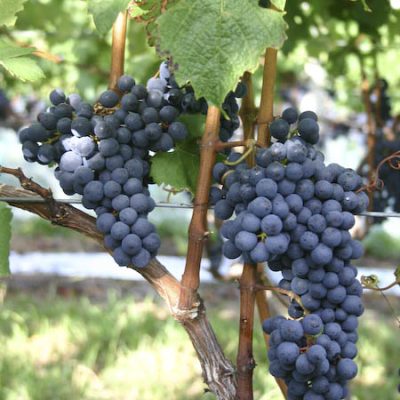
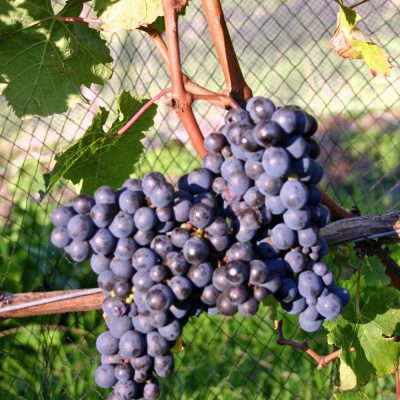
One of the Bordeaux varieties which tends to be lighter in tannin and fruitier than Cabernet Sauvignon with a larger berry size and higher yield and generally used for blending purposes.
Another one of the Bordeaux ‘tight five’, usually planted for blending purposes but capable of producing a deeply-coloured, robust and balanced red wine on its own.
Only very small plantings on the island.
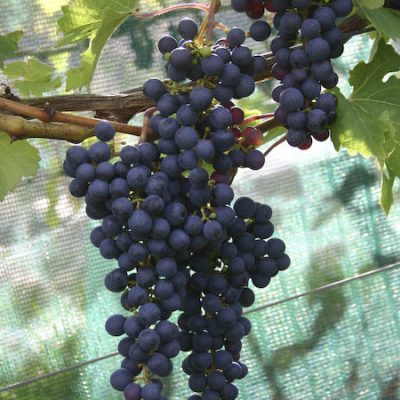
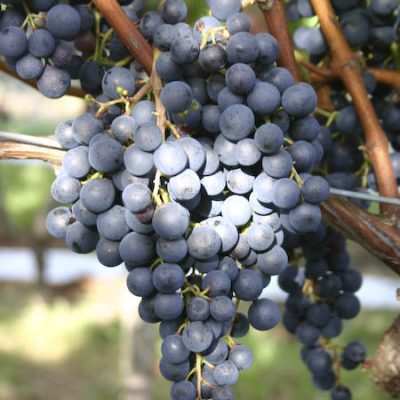
Lower in tannin and acid than its Cabernet Sauvignon companion and earlier ripening, Merlot reliably produces a round, early-drinking red wine and fruity rosés though it can be a shy bearer in some seasons when affected by spring winds.
The ripe fruit flavours soften the sharper acids and tannins of Cabernet when blended together.
This Italian variety has taken well to Waiheke Island’s climate producing award-winning wine from young vines. Large, thick skinned berries on long, open bunches which ripen well into late April.
A variety to watch.
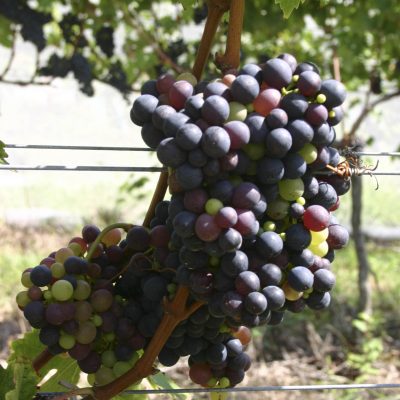
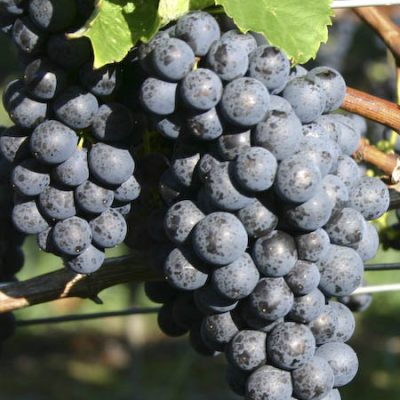
Tiny berries on small, tight bunches produce dense colour and tight tannins, making for perfect blending material in wood-aged wines.
For some Waiheke Island growers this variety is their secret weapon, but not yet as a stand-alone varietal.
A white cousin of Pinot Noir, known as Pinot Grigio in Italy and growing in popularity in New Zealand where questions still remain over the style pointers to be followed (dry or off-dry?).
Crops heavily though it can be susceptible to botrytis. More plantings are predicted on Waiheke Island in response to restaurant demand.
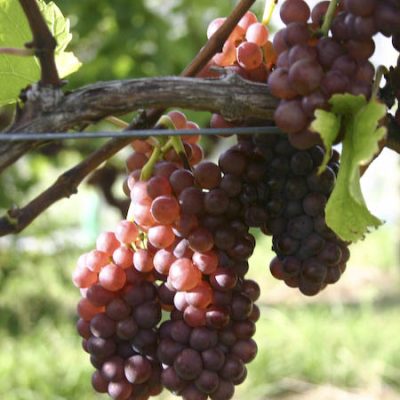
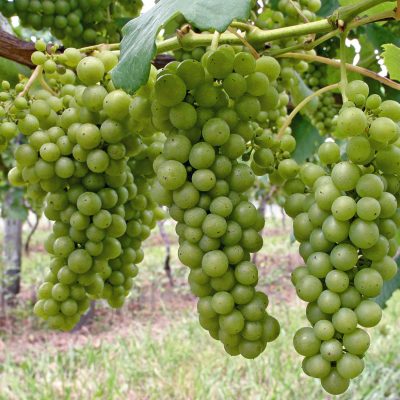
While its natural home can be said to have moved from Sancerre in France to Marlborough in NZ, the small quantities grown on Waiheke Island are more inclined to the California style of Fumé Blanc, reflecting a very different terroir.
Interesting for its difference.
Sémillon is a golden skinned grape, used to make dry and sweet wines. It is relatively easy to cultivate and ripens early.
The Sémillon grape is rather heavy, with low acidity and an almost oily texture. It has a high yield and wines based on it can age a long time.
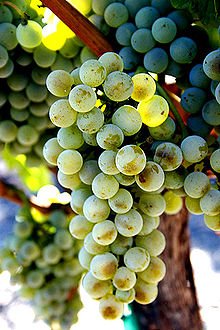
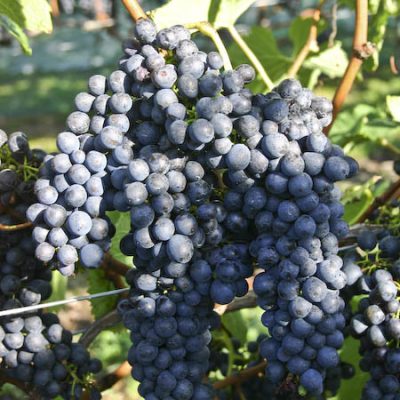
Waiheke winegrowers regularly win awards for this variety, proving that the island’s terroir suits it perfectly. The style tends towards that of the Northern Rhone, being subtle and elegant with floral and spicy bouquets, and does not compare to Australian Shiraz.
The fruit ripens early enough to be reliable season-to-season, though canopy management presents a challenge. Many are made to be opened within 2-3 years but all will improve with bottle age for a further 5 years or more
Like Syrah, with which it is sometimes blended in small proportions, this aromatic white demonstrates the compatibility of Waiheke with Rhone Valley varieties.
Viognier is already providing interesting wines which appeal to a select market.
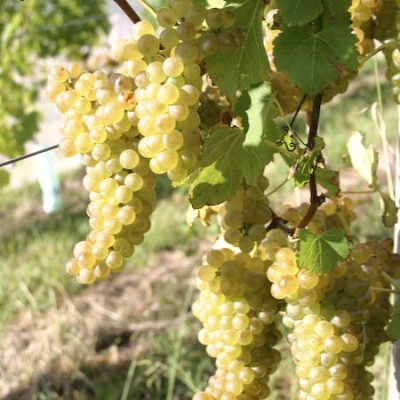
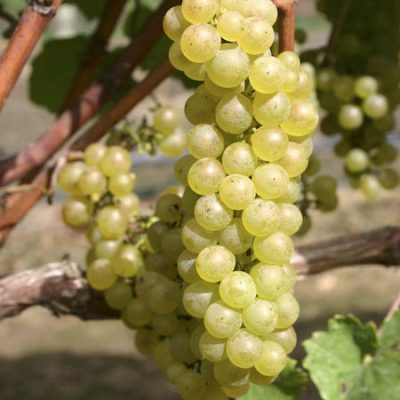
While Burgundy is its home, the versatility of this grape world-wide is unrivalled and for this reason it is difficult to pin down stylistically, ranging from full, fat buttery oak-aged food wines to crisp, austere Chablis-style whites.
Ripens early on Waiheke Island, retaining good acidity and fresh citrus aromas, usually lightly oaked and at its best 2-6 years.